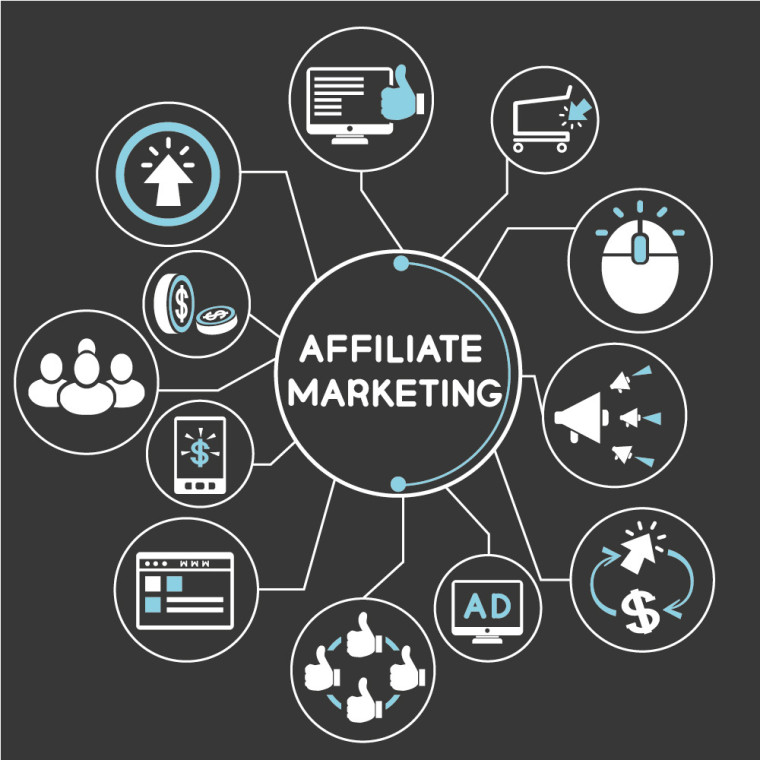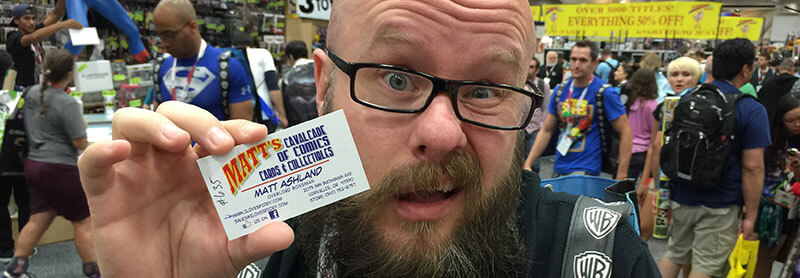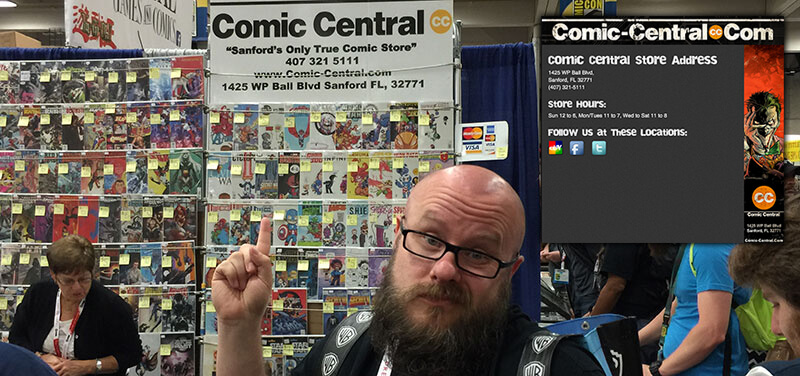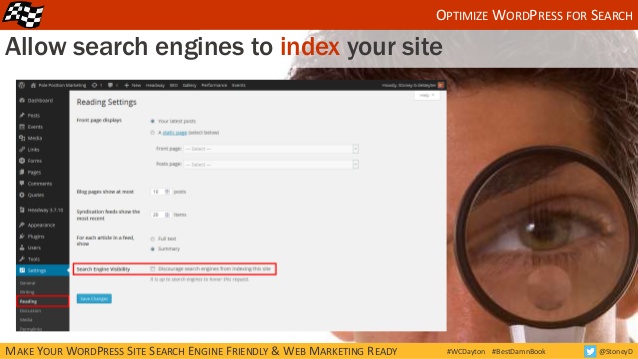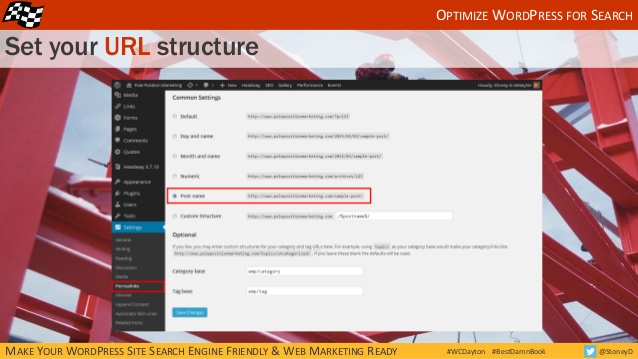YARDLEY BOROUGH >> After considerable discussion, the borough council, in a 4-2 vote, approved a new logo for the town's digital properties and marketing projects.
The new borough website is scheduled to debut soon and when it does the new logo will be on it.
Councilmember Jef Buehler, head of the Yardley Borough Business Enhancement Team (BET), made the motion, which was seconded by councilmember Uri Feiner, also a BET member.
Voting in favor of the new logo were Bryon Marshall, Mike Ruttle, Buehler and Feiner. Voting no were council vice president Katherine Cadwallader and councilmember Rich Wayne. Council president Joe Hunter was absent.
"While the logo is essentially the name, Yardley, the elongated and sweeping 'Y' is symbolic and representative of three of the major defining aspects of the borough – the canal, the towpath and the river that relate to the history of the borough and its present," explained Buehler.
Buehler said that hypothetically, the logo could be used on posters and any kind of social media that the borough has a presence on -- both current or in the future.
"There is no specific plan for how it gets rolled out," he said. "It's just going to be used as needed moving forward. "
The logo will be an integral part of the borough's new website, now under development by Flood Zone Media, which is based at the Yardley Grist Mill.
"Flood Zone Media has a national profile for branding, marketing and website design," Buehler said. "They agreed to create the logo and the core website at a substantial discount of normal commercial rates."
After r eviewing a variety of draft logo versions and much discussion of the design with professionals at Flood Zone Media, Feiner and Buehler agreed that the logo presented to council haa clarity, aesthetics and scalability. Continued...
Marshall asked if the logo would supplant the existing icon of borough hall, which is used on borough letterhead and police cars.
Buehler and Feiner explained that the new logo would be supplemental to the existing icon, which is a line drawing of the borough hall.
Feiner explained that the existing icon cannot be used because "it is not a scalable graphic and it is not professionally done ... It may not be the best logo," he said of the new one, "but it's better than what we've got. And it's suitable for our digital assets," he continued.
"I would rather see the current logo used consistently on borough properties -- be it Twitter, Facebook or the website," said Wayne. "This is good for business enhancement, but I don't think it should replace the logo we have as the primary logo," he noted, adding, "I don't like it at all."
Wayne questioned when the new borough website will be ready and what will be used on the homepage. He said tha t should be the guide of what is used for other electronic communication.
Buehler said the borough hall logo does not exist as a digital asset. "It is simply a photo copy and a scan," he said. "There is no actual original design of this logo. It's just used for print purposes."
Feiner added if there was an official logo, there would be artist drawings and proofs that could be used in various sizes. "We looked for this," he said. "There is no logo."
Cadwallader responded, "The logo we have on the letterhead is also on uniforms and on some of the police cars. It's not 'nowhere?'" she asked.
Wayne prodded, "Why didn't we do an electronic version of the logo? You're telling me a graphic designer can't take what's there and redesign it in digital form?"
Cadwallader interjected, "It could be very confusing to have two separate logos out there." Continued...
Ruttle attempted to find some common ground.
"I like our borough hall on our letterhead and our cars. I'd like to preserve that. I think it's classy. It reminds me of logos I have seen on law firms. But, I also see the value in having something like Jef and Uri are proposing here - a marketing device - something we would be able to use immediately…We need to do this now or soon.
"We could work on converting the letterhead logo into a digital form in the future," Ruttle suggested. "There is no reason why we can't pursue that…What we're trying to do is get the website up and running."
Cadwallader responded, "In my point of view, getting the website up and running and this logo are not the same thing at all. Are we holding up the website because of the logo?"
Feiner said, "Not proceeding at this time would mean it would hold up the website."
Cadwallader responded, "I don't personally like this logo. There is nothing distinc tly Yardley about it. "
She asked how the proposed logo would be utilized other than on the website.
"The primary purpose of the website is to be - in my view - the voice of the borough and the borough government," she said. "I certainly think we should promote business, but that is another purpose of the website."
Buehler said the use would be digital in nature, placed on the website and used as an icon for social media presence. The logo "would also be used to brand the borough linking it back to the website and for projects such as the Yardley Borough Gift Card program."
Cadwallader said, "I realize we have different things, but part of the function of our Facebook page and our Twitter page is to inform the public on certain things that are happening -- Afton Avenue is closed or there is a big tree down. That is a government function and not a business function or promotional function. I see that it could be confusing to people." Continue d...
YARDLEY BOROUGH >> After considerable discussion, the borough council, in a 4-2 vote, approved a new logo for the town's digital properties and marketing projects.
The new borough website is scheduled to debut soon and when it does the new logo will be on it.
Councilmember Jef Buehler, head of the Yardley Borough Business Enhancement Team (BET), made the motion, which was seconded by councilmember Uri Feiner, also a BET member.
Voting in favor of the new logo were Bryon Marshall, Mike Ruttle, Buehler and Feiner. Voting no were council vice president Katherine Cadwallader and councilmember Rich Wayne. Council president Joe Hunter was absent.
"While the logo is essentially the name, Yardley, the elongated and sweeping 'Y' is symbolic and representative of three of the major defining aspects of the borough – the canal, the towpath and the river that relate to the history of the borough and its present," explained Buehler.
Buehler said that hypothetically, the logo could be used on posters and any kind of social media that the borough has a presence on -- both current or in the future.
"There is no specific plan for how it gets rolled out," he said. "It's just going to be used as needed moving forward. "
The logo will be an integral part of the borough's new website, now under development by Flood Zone Media, which is based at the Yardley Grist Mill.
"Flood Zone Media has a national profile for branding, marketing and website design," Buehler said. "They agreed to create the logo and the core website at a substantial discount of normal commercial rates."
After reviewing a variety of draft logo versions and much discussion of the design with professionals at Flood Zone Media, Feiner and Buehler agreed that the logo presented to council haa clarity, aesthetics and scalability.
Marshall asked if the logo would supplant the existing icon of borough hall, which is used on b orough letterhead and police cars.
Buehler and Feiner explained that the new logo would be supplemental to the existing icon, which is a line drawing of the borough hall.
Feiner explained that the existing icon cannot be used because "it is not a scalable graphic and it is not professionally done ... It may not be the best logo," he said of the new one, "but it's better than what we've got. And it's suitable for our digital assets," he continued.
"I would rather see the current logo used consistently on borough properties -- be it Twitter, Facebook or the website," said Wayne. "This is good for business enhancement, but I don't think it should replace the logo we have as the primary logo," he noted, adding, "I don't like it at all."
Wayne questioned when the new borough website will be ready and what will be used on the homepage. He said that should be the guide of what is used for other electronic communication.
Buehler sa id the borough hall logo does not exist as a digital asset. "It is simply a photo copy and a scan," he said. "There is no actual original design of this logo. It's just used for print purposes."
Feiner added if there was an official logo, there would be artist drawings and proofs that could be used in various sizes. "We looked for this," he said. "There is no logo."
Cadwallader responded, "The logo we have on the letterhead is also on uniforms and on some of the police cars. It's not 'nowhere?'" she asked.
Wayne prodded, "Why didn't we do an electronic version of the logo? You're telling me a graphic designer can't take what's there and redesign it in digital form?"
Cadwallader interjected, "It could be very confusing to have two separate logos out there."
Ruttle attempted to find some common ground.
"I like our borough hall on our letterhead and our cars. I'd like to preserve that. I think it's cl assy. It reminds me of logos I have seen on law firms. But, I also see the value in having something like Jef and Uri are proposing here - a marketing device - something we would be able to use immediately…We need to do this now or soon.
"We could work on converting the letterhead logo into a digital form in the future," Ruttle suggested. "There is no reason why we can't pursue that…What we're trying to do is get the website up and running."
Cadwallader responded, "In my point of view, getting the website up and running and this logo are not the same thing at all. Are we holding up the website because of the logo?"
Feiner said, "Not proceeding at this time would mean it would hold up the website."
Cadwallader responded, "I don't personally like this logo. There is nothing distinctly Yardley about it. "
She asked how the proposed logo would be utilized other than on the website.
"The primary purpose of the website is to be - in my view - the voice of the borough and the borough government," she said. "I certainly think we should promote business, but that is another purpose of the website."
Buehler said the use would be digital in nature, placed on the website and used as an icon for social media presence. The logo "would also be used to brand the borough linking it back to the website and for projects such as the Yardley Borough Gift Card program."
Cadwallader said, "I realize we have different things, but part of the function of our Facebook page and our Twitter page is to inform the public on certain things that are happening -- Afton Avenue is closed or there is a big tree down. That is a government function and not a business function or promotional function. I see that it could be confusing to people."
Feiner said, "What we're all trying to do here is increase the quality of our communication."
He noted that considering the borough's small pop ulation, it is not good to have a marketing site like bigger municipalities have. He said in Yardley's case it is good to have one site to address all of the basic uses."
Marshall said, "I very much support the business community and all the things that have been occurring. BET has moved us in many fashions and moved us forward…I see no reason to not move forward with the logo…It's not going in granite. It is not going to be permanent."
Cadwallader said the matter should be revisited in three to six months. "Anytime you do something new, people are going to come up with ideas that nobody thought of."
Wayne said simply he does not like the logo. "I base my decision by graphic designers I know," he said. "All five said they can't stand this."
Source:
Yardley Borough Council approves new website and marketing logo, but not everyone is singing its praises
 Web.com Group (NASDAQ:WWWW) rose 8.1% during mid-day trading on Friday after the company announced better than expected quarterly earnings, MarketBeat Ratings reports. The company traded as high as $25.85 and last traded at $24.96, with a volume of 1,030,247 shares traded. The stock had previously closed at $23.08.
Web.com Group (NASDAQ:WWWW) rose 8.1% during mid-day trading on Friday after the company announced better than expected quarterly earnings, MarketBeat Ratings reports. The company traded as high as $25.85 and last traded at $24.96, with a volume of 1,030,247 shares traded. The stock had previously closed at $23.08.

